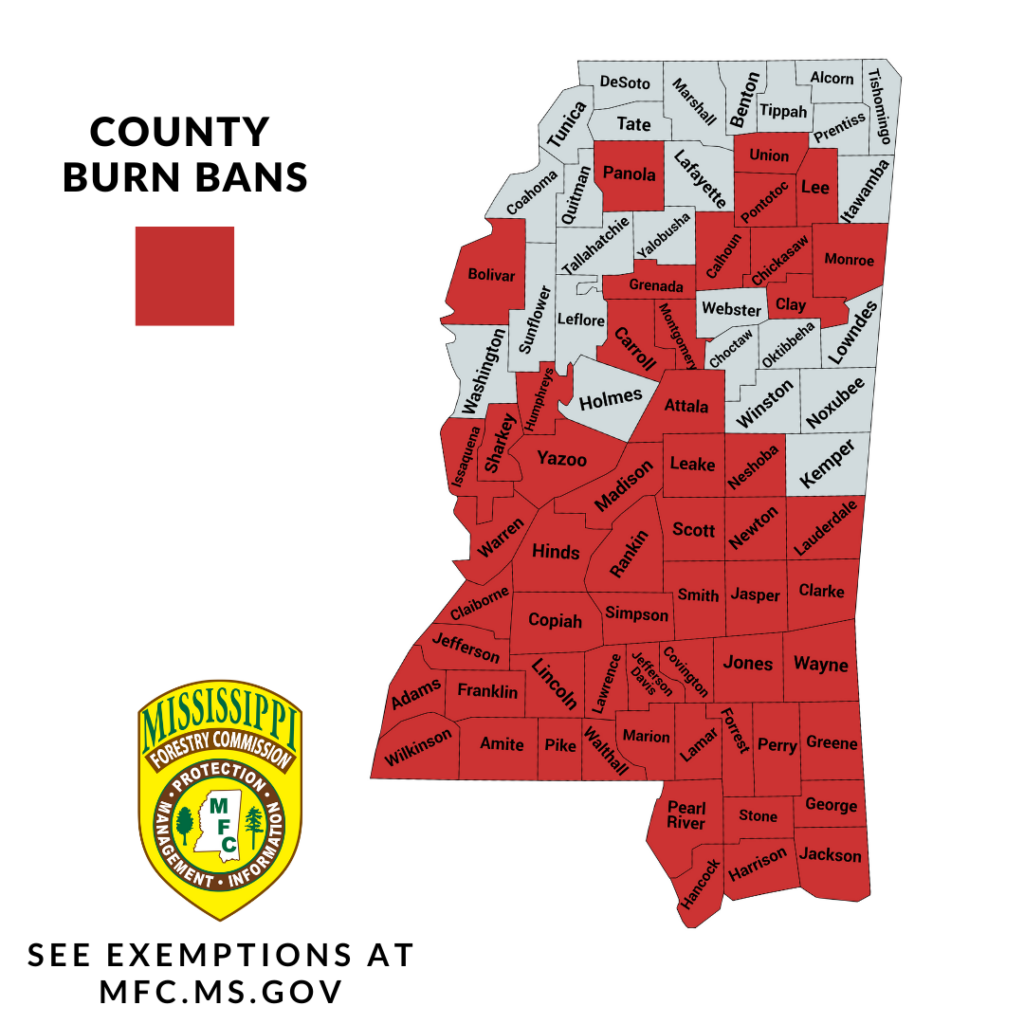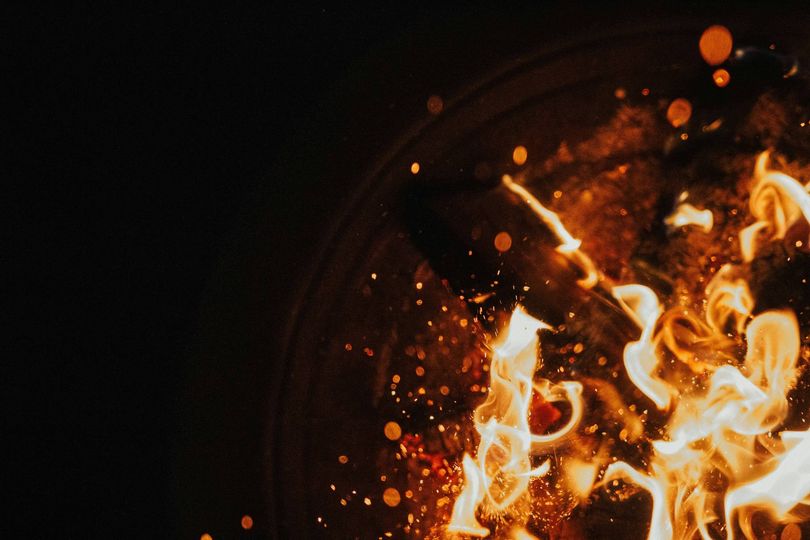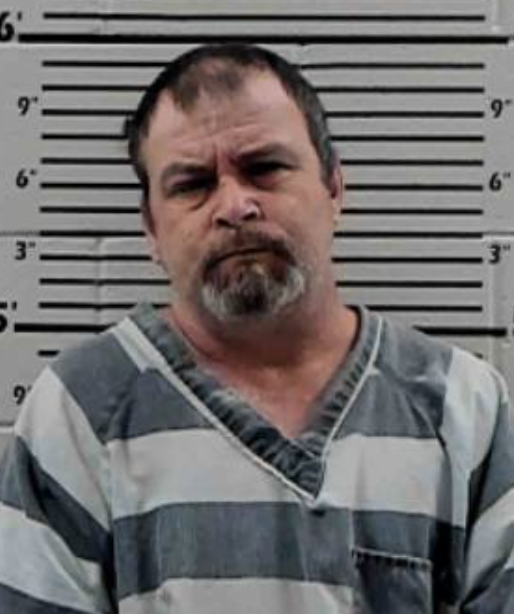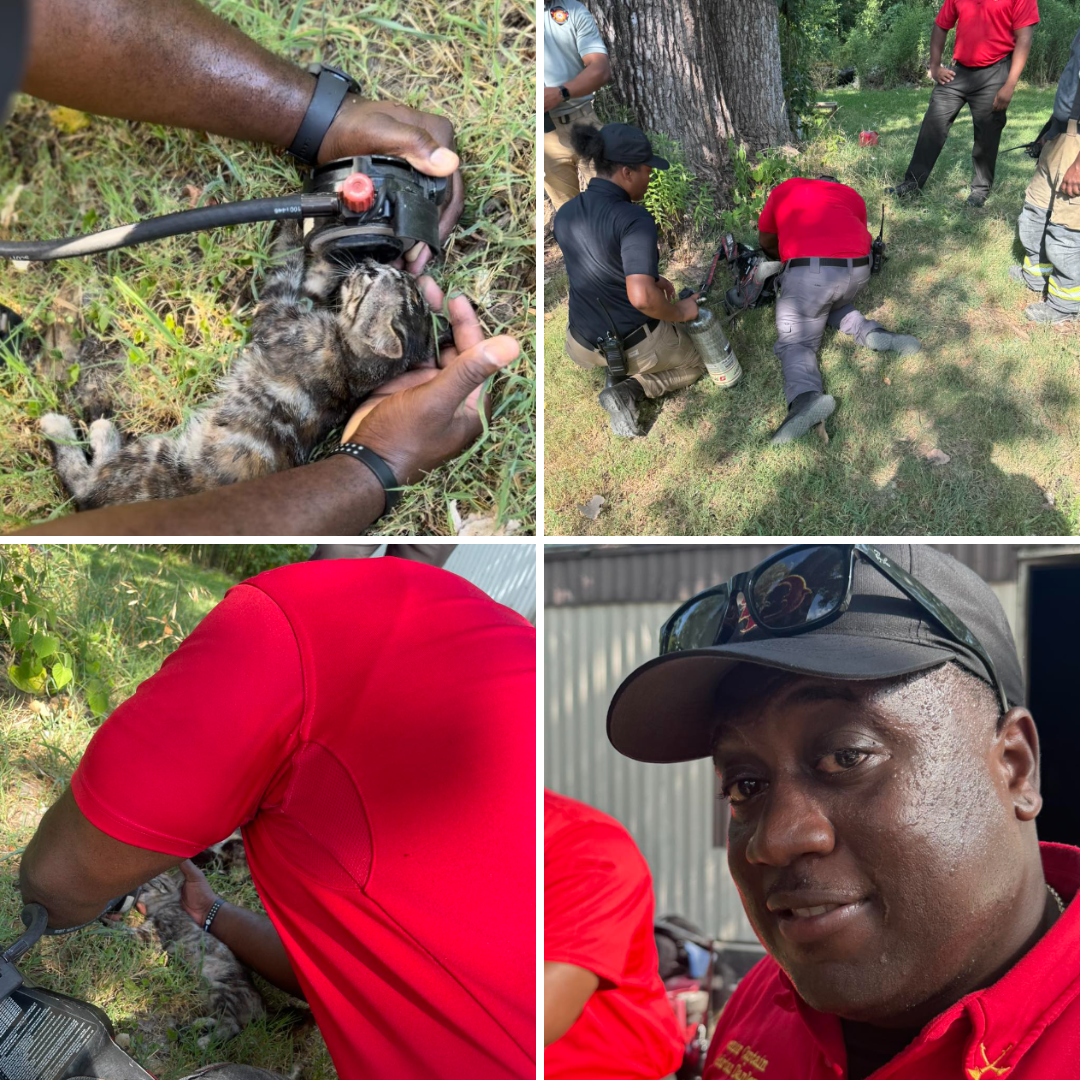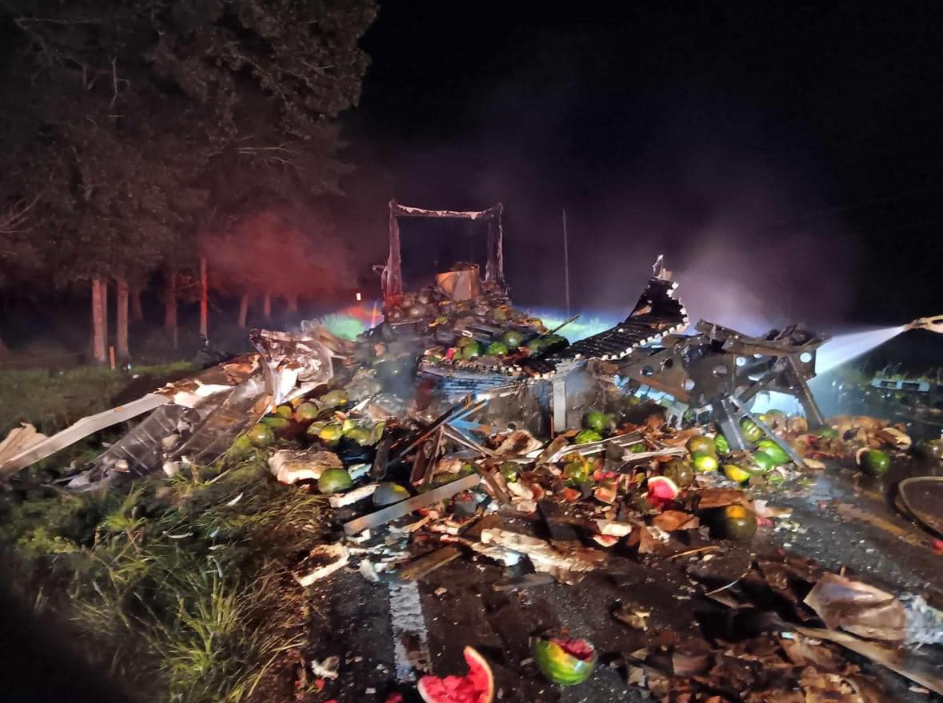
Stop setting things on fire. Seriously, stop.
And yes, we’ve had this conversation like, a dozen times. If you guess that we’re copying and pasting old stories because nothing has changed except rain makes people with burn piles drunk on audacity, you’re right.
Don’t burn until you have heard from somewhere official that the burn ban is OVER. Read to the bottom of this article to find a link you can refresh compulsively to see when it’s safe to set things on fire again at your house.
This is a message your fire departments desperately want you to hear so they can actually eat an uninterrupted meal with their families.
That pile of tires will be there later. Those leaves are biodegradable. Those photos of the guy who just dumped you? That burn pile of trash? Get a garbage can.
It’s bad, y’all. You can grill, but that’s all. STOP BURNING THINGS, K?
(And as you read this article, please interpret both the bold and the caps as us raising our voice about this.)
Officials are saying the drought in Mississippi could continue as long as late November. It won’t get better out there until there’s enough rain to saturate the ground.
There’s this thing a lot of folks aren’t familiar with called the Keetch-Byram Drought Index. According to drought.gov, it’s based on a daily water balance. The drought factor is balanced with precipitation and soil moisture and is measured in hundredths of an inch of soil moisture depletion. The index is based on a maximum storage capacity of eight assumed inches.
Officials say the KBDI index values are into the 700s right now for parts of Mississippi..

Breaking that down, it means at least seven inches of rain are needed to soak the ground. There is rain predicted for the Metro area on Monday, but unless something unexpected happens, IT WILL NOT BE ENOUGH TO MAKE IT SAFE TO BURN THINGS OUTDOORS.
According to the Mississippi Forestry Commission, there are indications that El Niño may bring more rainfall towards the end of October, but it is important to acknowledge that the damage caused by the drought and the underlying dryness lasts until then. The impact of the drought is evident across the state, with reports of pine mortality in central and southwest Mississippi extending into Louisiana.
“Experts describe the drought’s effects as the most severe in at least a generation. Pervasive dryness throughout the Mississippi River Basin has resulted in low water levels, allowing wildfires to encroach upon hardwood river bottoms in parts of Mississippi,” MFC Fire Chief Randy Giachelli said. “Additionally, our deciduous trees are shedding leaves early due to the drought. However, the area at most risk continues to be pine forests and the underlying southern rough.”
So let’s go over this again.
October is typically one of the driest months of the year. Due to extreme drought conditions in August, the state experienced an earlier and heightened season of erratic wildfire activity. Critical fire weather conditions may arise from various factors, including dry cold fronts followed by windy and dry conditions, strong high pressure over the northern U.S. combined with low pressure south of the advisory area, subsidence adjacent to tropical cyclones, sea breeze fronts, and erratic winds associated with outflow from nearby thunderstorms.
Anyone who knowingly and willfully violates a burning ban is guilty of a misdemeanor. These persons may receive a fine of not less than $100 and not more than $500.
“Please remember that 9 of 10 wildfires are human-caused. The slightest spark can cause a wildfire,” Giachelli said. “Even small things like throwing cigarette butts out of a car, dragging chains, or other towing mechanisms down the street behind a vehicle can cause a fire. If you start a fire, you can be held accountable or fined for damages.”

What is Not Allowed During a Burn Ban
Anything with an open flame that produces an ember is not allowed during a burn ban. The wind can carry floating embers away from the original fire and start a spot fire up to one-half mile away from the burning area. This includes:
- Campfires
- Bonfires

Photo by Landon Parenteau on Unsplash - Fire pits
- Fire rings
- Burn barrels
- Debris burning
- Field burning
What is Allowed During a Burn Ban
- Propane/Gas grills
- Propane/Gas heaters
- Charcoal grills
HERE’S WHERE YOU CAN’T BURN OUTSIDE (It’s more than half the state):
Montgomery, Union, Carroll, Humphreys, Clay, Calhoun, Pontotoc, Lee, Monroe, Panola, Neshoba, Chickasaw, Grenada, Leake, Bolivar, Attala, Clarke, Lauderdale, Madison, Yazoo, Warren, Hinds, Claiborne, Wilkinson, Forrest, Lamar, Greene, George, Jackson, Harrison, Sharkey, Issaquena, Jefferson, Scott, Perry, Newton, Stone, Copiah, Pearl River, Rankin, Wayne, Lincoln, Jones, Jasper, Franklin counties.
To stay informed about burn bans and obtain valuable tips for wildfire prevention, please visit the Mississippi Forestry Commission’s website at mfc.ms.gov.


